Rising food costs, shrinkflation, and general inflation can take a bite out of your meal planning mojo. Meal planning to save money is the name of the game in 2025.
Estimated reading time: 9 minutes
Want to save this post?
Enter your email below and get it sent straight to your inbox. Plus, I’ll send you budget recipes and money-saving tips every week!
Things are pretty wild out there, aren’t they? Currently eggs are over $8/dozen at my local Costco. The prices of meat, produce, and even packaged goods continues to rise.
Once things go up in price, it’s hard to bring them down, they say. That’s why we the consumers need to look out for ourselves. It’s time to meal plan to save money.
What we spend on food is one of the most flexible line items in the average budget. There generally isn’t much month-to-month negotiation when it comes to mortgages and rents, but what we choose to put in the grocery cart is up to us.
We have control of where we shop, what we cook, and how we approach meal planning in general. And in case you didn’t know, careful meal planning can help you eat healthfully, enjoy great meals, and save money.
Consider these strategies for meal planning to save money so that you can keep to your grocery budget as well as put a yummy dinner on the table.
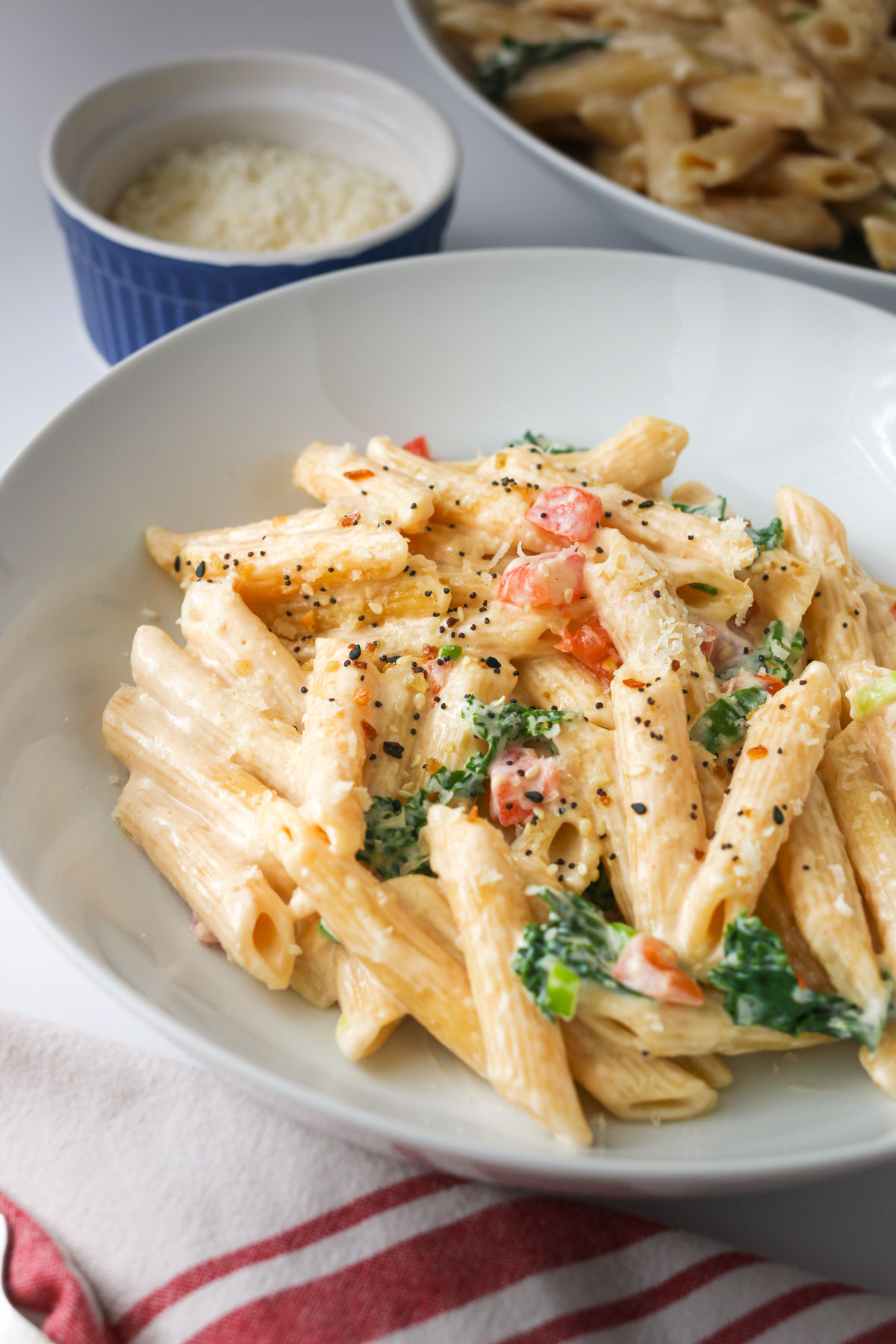
Eat at home.
Restaurants or even fast food joints can cost a pretty penny. Cooking at home saves us money, more times than not.
Are you eating out too often? Get thee into the kitchen and save a few bucks!
You don’t need to be a trained chef to make dinner, the guy at the golden arches certainly isn’t.
Learn your way around the kitchen and make yourself a happy meal. Yes, you can learn to like cooking.

Pack food to go when you’re not at home.
Packing food for picnic dinners, work and school lunches, or even breakfasts on the road is a great way to save money. You’ll be able to eat when you’re hungry rather than stop for take-out and pay a pretty penny.
This works even on date night! Often during the summer, I will pack picnic salads and iced tea that we enjoy on the beach while watching the waves. We’ve also found a few craft breweries that encourage you to bring your own food during winter.
If you’re not already packing or meal prepping lunches, let this be your year!

Do a Pantry Challenge!
When you shop your kitchen you’re using food you already paid for instead of going out to buy more, risking something going to waste.
The Pantry Challenge is one of the most popular features here on Good Cheap Eats, and for good reason. It’s kinda fun when you challenge yourself to make good use of what’s already in the pantry—and you can save money by not letting food go past its prime.
We throw too much food away as a culture; inventory your pantry and fridge to avoid waste.
Join our pantry challenge this month. I’ll be posting daily what I’m cooking at home to save money.
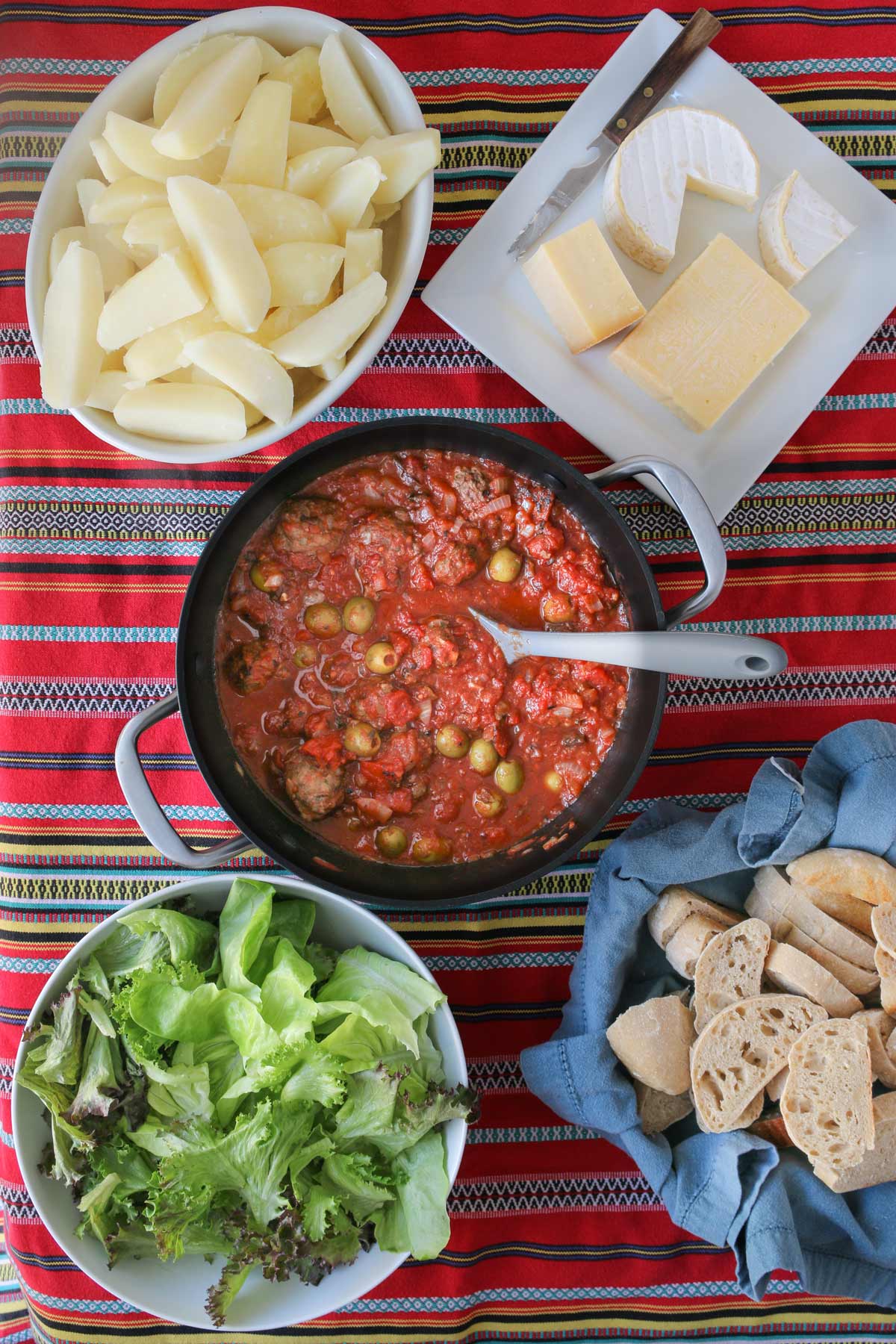
Plan meals you love.
I think saving money on groceries has often been confused with deprivation and therefore eating only cheap hot dogs and boxed mac and cheese. Unless you really love those foods, don’t go there.
You’ll be more likely to stick to your meal plan and save money if you plan meals that you know you and your family enjoy. It’s not a deal if it goes in the trash.
Ask the eaters to see what favorite foods you can work into the budget and the regular meal plan rotation.
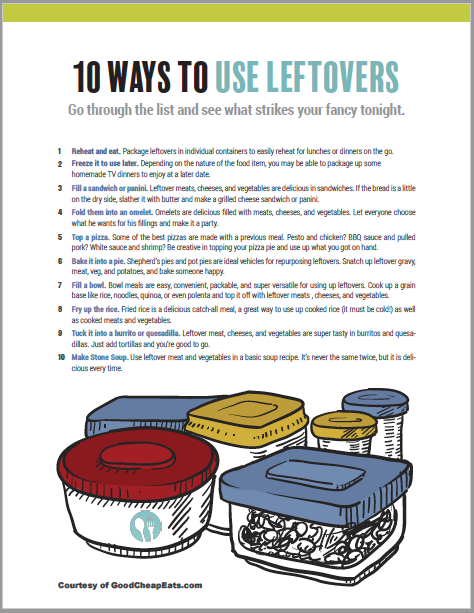
Plan to use things up.
There are a few different ways that food goes to waste at home: overbuying, over prepping, and opening a large container of something to use in a recipe and then forgetting to use the rest of it.
When you shop your kitchen, you’re curbing that overbuying, but what about leftovers? Making too much food that you might not eat up as leftovers can lead to wasted food and money.
Preparing extra on purpose is a great way to save time, but not if you forget to use up your leftovers. Work leftovers into the next meal or reheat them for lunch the next day. Sometimes you can even freeze them for future easy meals.
So, we’ve got the leftover prepped foods tackled. What about leftover ingredients?
Plan meals that build on one another and share common ingredients. This will help you use up every last bit so that nothing goes to waste. If you can cook once and yet eat several meals from that cooking session, you’re well on your way to avoiding food waste.
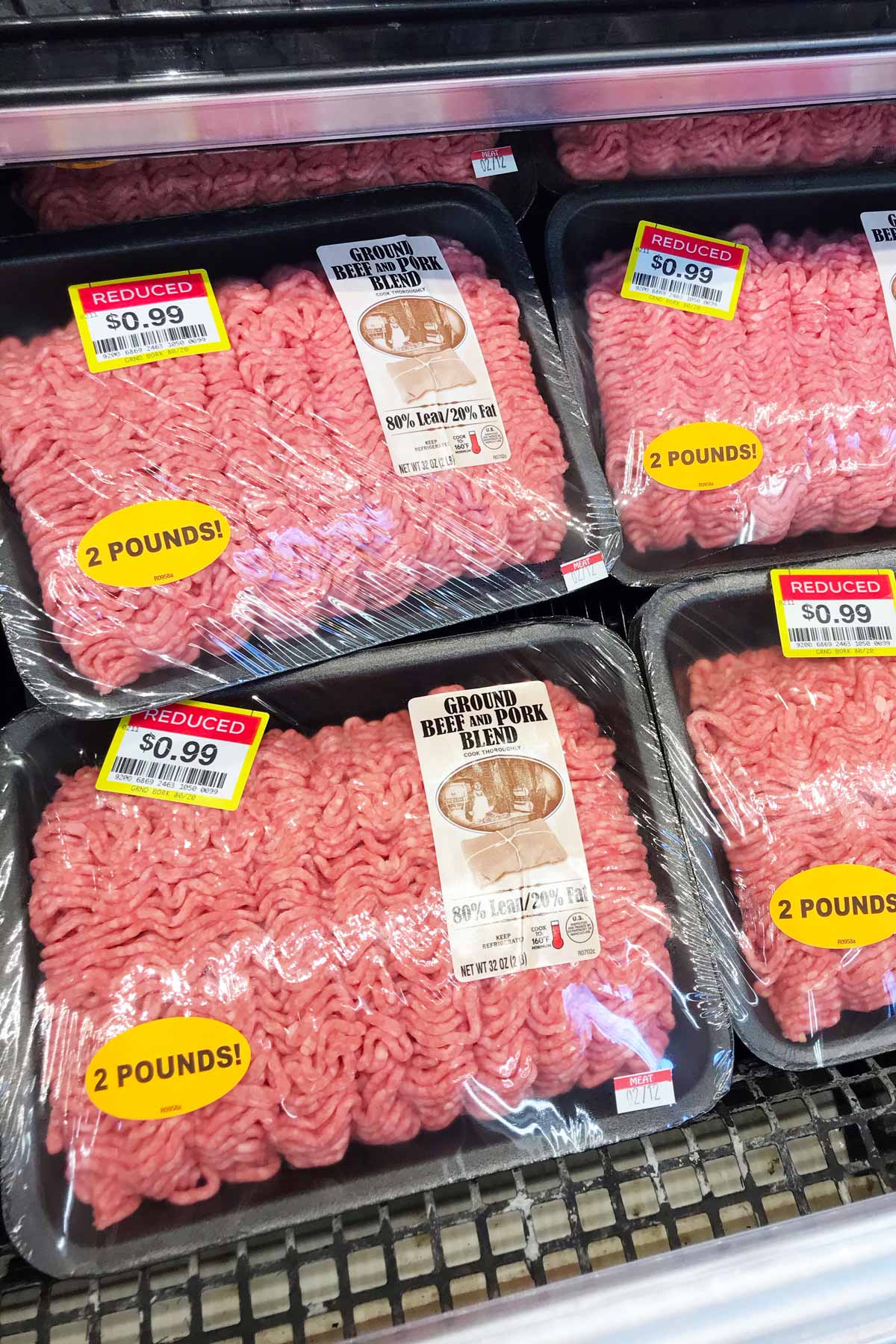
Shop wisely.
You know what they say about never paying full price at Old Navy? There’s almost always gonna be a sale on the thing you’ve been wanting.
The same can be said for many groceries. Avoid buying food outside its sales cycle.
Instead, focus on the “loss leaders”, those items that are offered at a great discount to entice you into the store. Build your meal plans around those. (They’re usually on the front page of the sales ad.)
Stock up on seasonal items whenever your budget allows. Find a screaming deal on mustard in the summer? Buy a few extra bottles to last you through winter.
The same goes for when you see manager clearance specials. These are items that are being discontinued, are overstocked, or are approaching their “best by” dates. The store wants to move them quickly, so they mark them down. If you find a good sale on ground beef, you can really stretch your dollar.
Building a frugal pantry and stocking up in advance is a great way to keep your grocery bill all year round. Buy your necessities each week and then use whatever’s left from the grocery budget to buy great sale items you can use later.
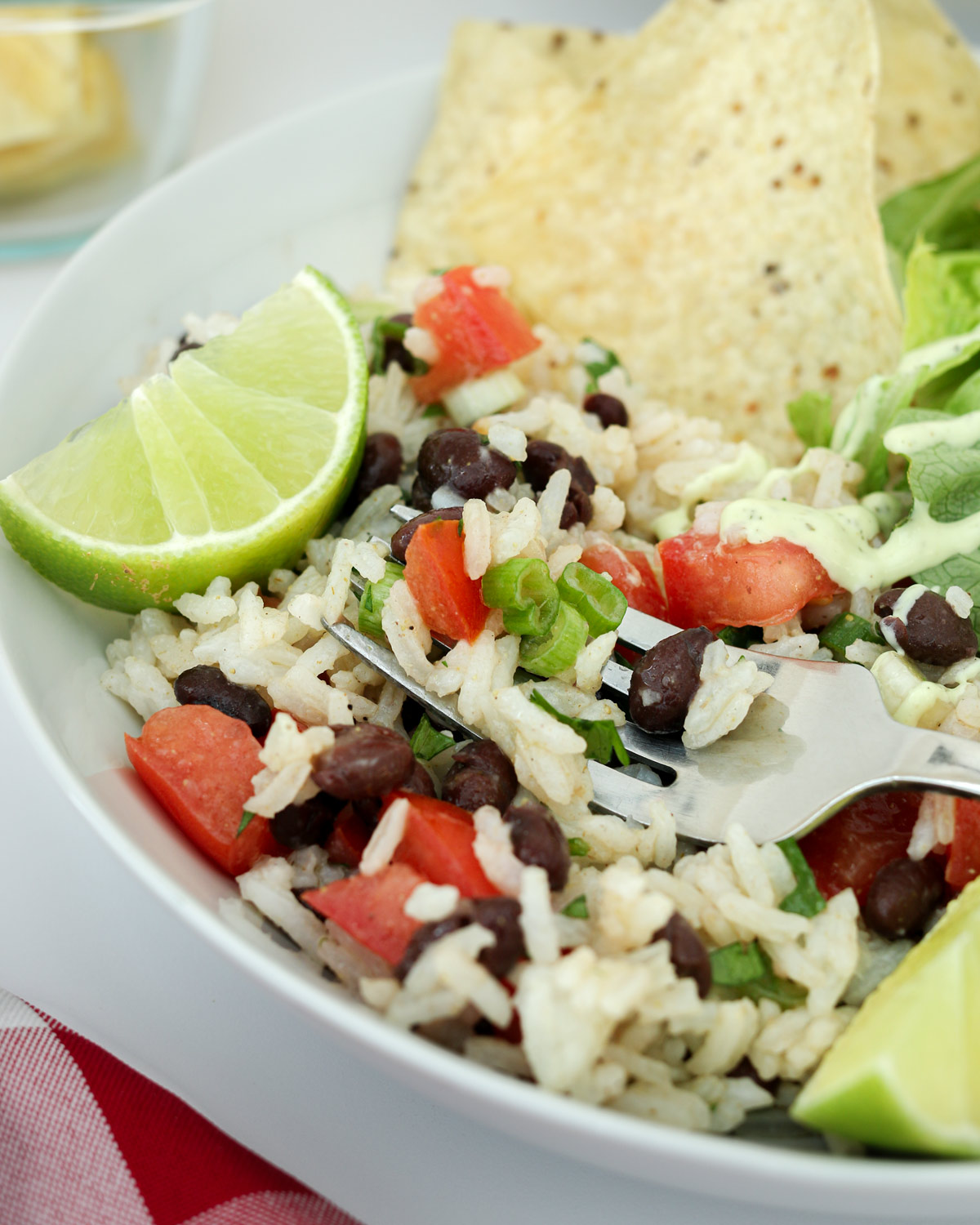
Focus on naturally frugal ingredients.
Once you’ve accounted for pantry items already on hand as well as sale items, focus your meal planning efforts on naturally frugal ingredients. You don’t have to relegate yourself to beans and rice, though those are natural wins.
Consider simply looking beyond processed foods. While those items are often on sale, their all-natural counterparts are more filling and better for you. And infinitely cheaper!
Load up on seasonal fruits and vegetables, dry beans, whole grains, and eggs. These can help round out your menus without increasing the cost too dramatically.
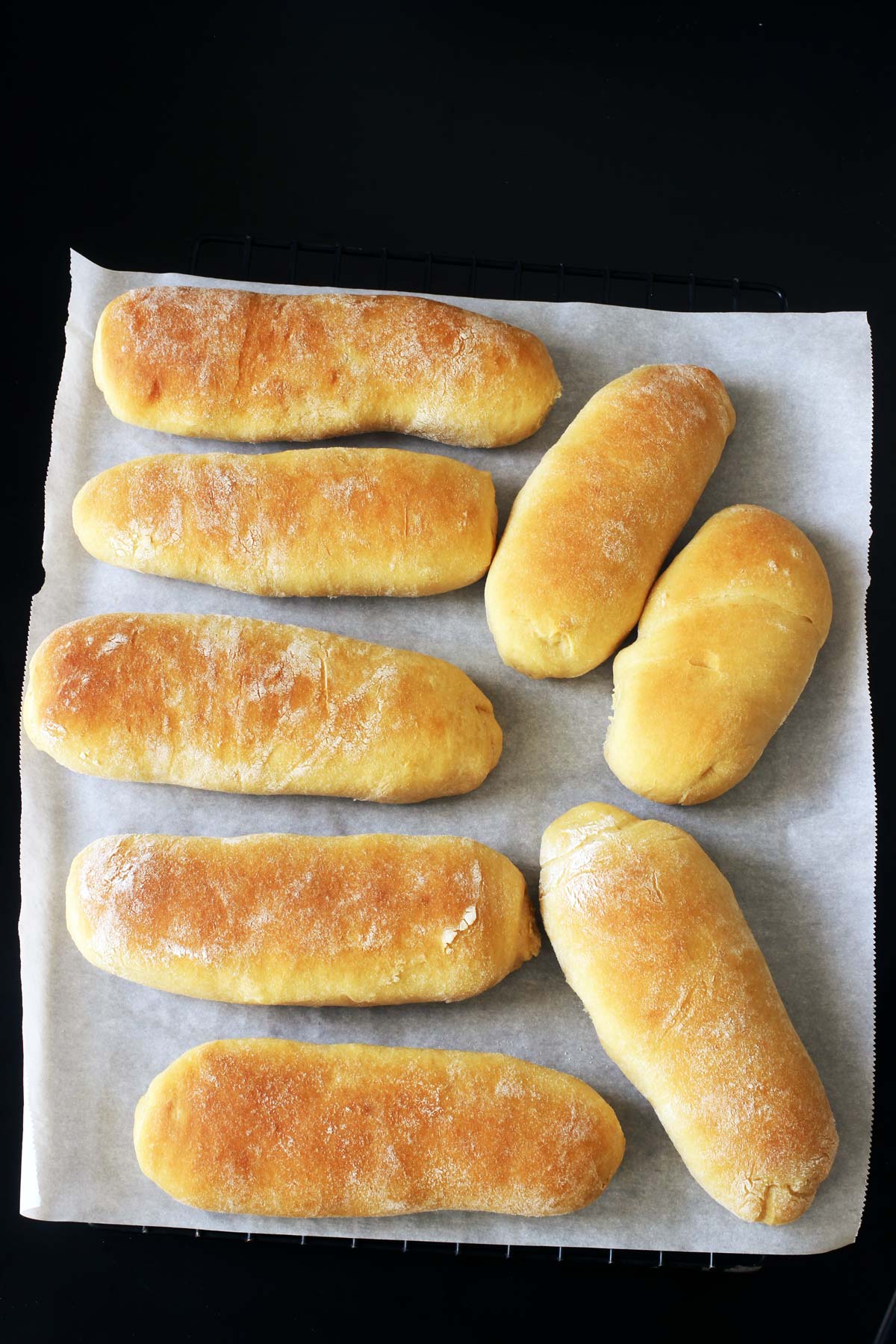
Plan homemade when practical.
You’ll notice that we price out recipes here on Good Cheap Eats. This is to help you count the cost and know if cooking a certain recipe makes sense for you.
Cooking at home is almost always cheaper, so do it whenever practical. Homemade foods that will typically save you money as opposed to their commercial counterparts include:
- salsa
- pasta sauce
- salad dressing
- sub rolls
- pie crust
- muffins
- and so much more!
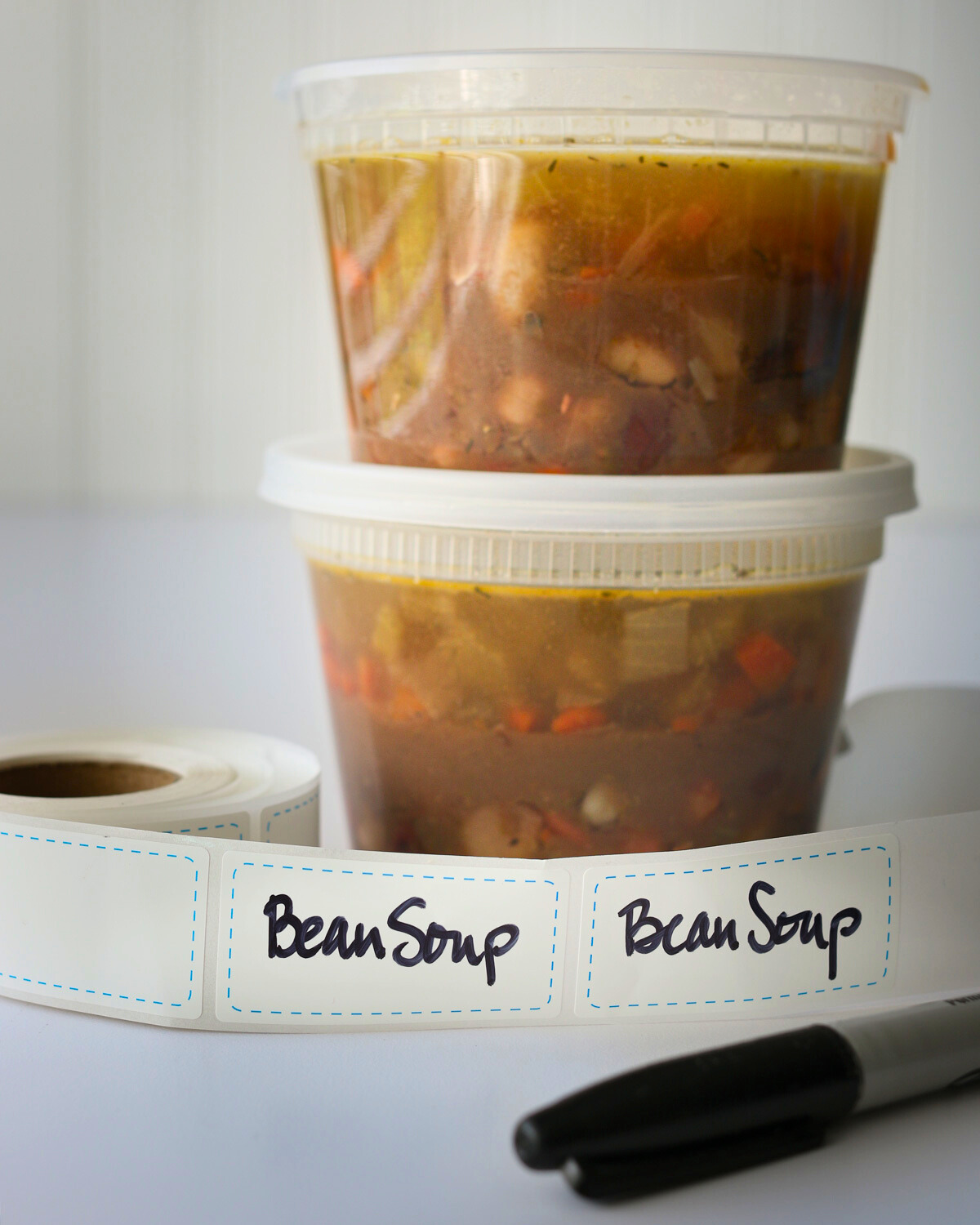
Plan to freeze extras for later.
Few of us want to cook all the time, so whenever possible, double dinner and stash the extra in the freezer.
When you do so, you’re buying yourself some time—and money!—in the future. You’ll be able to take a night off cooking while still eating affordable, home cooked food.
There are so many freezer-friendly recipes to choose from, You’ve got lots of options!

Meal Plan to Save Money
My focus this month on the blog and in the Good Cheap Eats Club is to help YOU make the most of every minute and every grocery dollar. In addition to the Pantry Challenge, we’ll be exploring the different strats you need to level up your game against shrinkflation and the Big Bad Grocery Store.
Stay tuned for more details!

Tell us what you think!
We love to hear your experiences with Good Cheap Eats. Click the STARS on the recipe card or leave a STARRED comment to let us know what you think of the recipe.
This post was originally published on July 12, 2016. It has been updated for content and clarity.



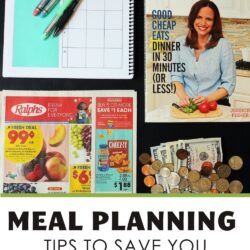
Kathie
Where do you get that book? That’s very handy.
Jessica Fisher
It’s a planner I designed. It’s on sale until tonight – http://fishmama.com/product/the-print-go-planner-2016-2017/
Kim in AZ
Is there a particular place where you have the menu planning form shown at the bottom of your post? I have had your planner for a few years and don’t recall that particular form but love the format.
Jessica Fisher
That is part of my new planner: The Print & Go Planner. You can find it here: http://fishmama.com/product/the-print-go-planner-2016-2017/
Janet
To save on meat, I buy cheaper, larger cuts of meat. Cook them low and slow in the Crock pot and then portion the meat out in meal size containers. It is much easier to avoid the fast food run, when I know I have meat in the fridge or freezer ready to go.
Jessica Fisher
Great strategy! I love having pre-cooked meat already to go. Life saver!
Alice E
I don’t do much planning ahead for menus and meals for my husband and me.
But, I would suggest first that it is important to know what the usual price on something is and when a sale is a bargain. Stores often advertise sale prices that are the same as the regular price, or just a little bit less. If you don’t have a mind that remembers prices easily, then a list in a notebook that contains frequently used items and prices would be a good idea.
Also remember that leftovers can be frozen and used later such as leftover chicken or roast in broth. Also, bell peppers you aren’t getting used in a timely manner or leftover from a veggie tray can be cut in strips and frozen in a plastic bag. Then just chop them frozen and add to the recipe.
While I haven’t found it helpful to plan out menus for more that a few days, I do occasionally sit down and make a list of possible entrees. This brainstorming helps me add variety to our meals and use up the meat on hand in the freezer. I do like lots of variety and this helps.
I also tend to stock up on basics when on sale and store them for later. For example, canned tomatoes and beans tend to go on sale when the weather turns cold while baking supplies are usually cheapest during the holidays. I have additional pantry space downstairs and keep track of what is stored there in a spreadsheet so I can check out what’s on hand without making a trip to the basement when I’m planning my shopping.
Jessica Fisher
All very good strategies. Thanks for pointing those out. I love having a few meal components in the freezer that I can just throw together. Saves so much time and effort!
Robin Sidwell
I got into the habit of packing up leftovers into individual sized meal boxes, with meat, sides and sauces in one reheatable serving. The hubby and kids would just grab one and tuck it into a lunch bag the next day as they went off to work or school. I never had a problem getting rid of leftovers that way.
Remember to label and date your leftovers too. I buy boxes of 3/8″ X 1 1/4″ adhesive labels at the office supply store. That size is big enough to write on and they scrub off easily. I label everything, so nobody ends up with something strange in their lunchbag.
Jessica Fisher
Great strategy!
Karen
I agree with Robin but I freeze some as my husband is retired so I have a basket in freezer with his homemade lunches e just thaws and heats for lunch as im still working. This way I know he gets a great lunch